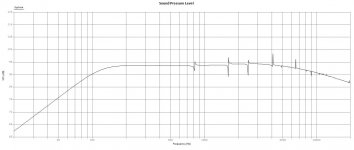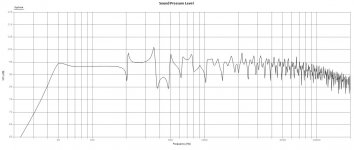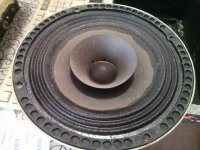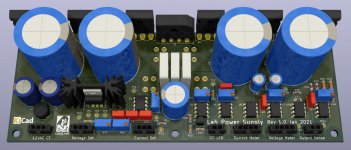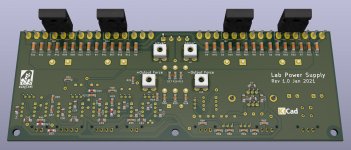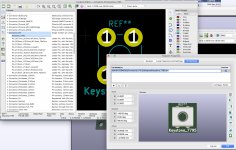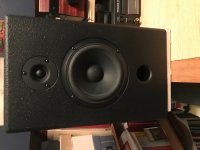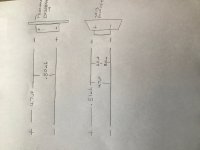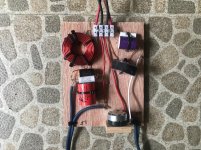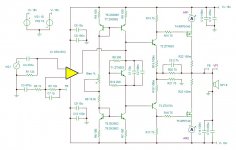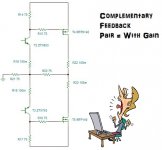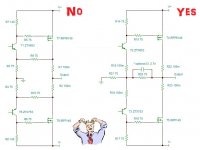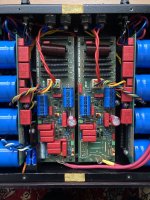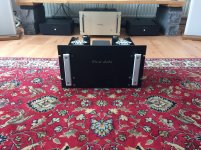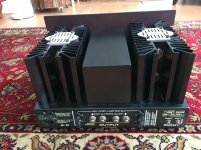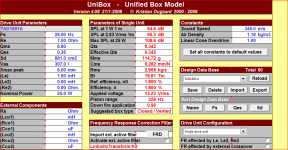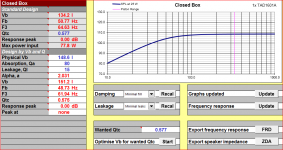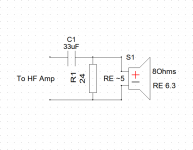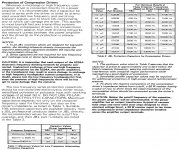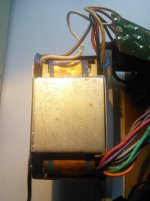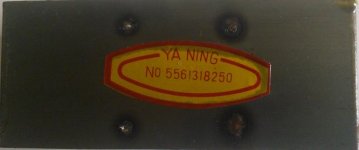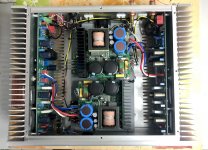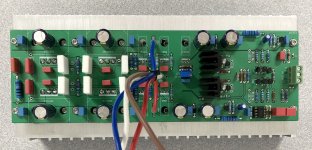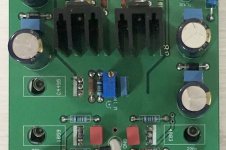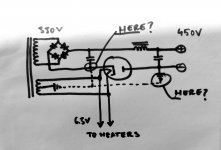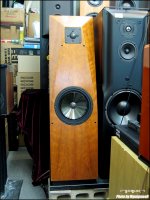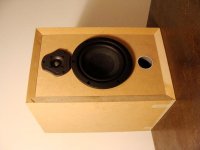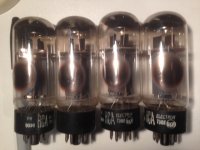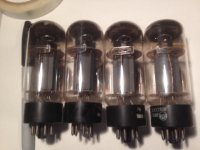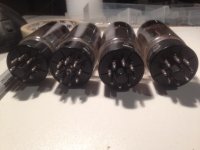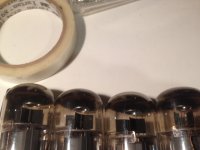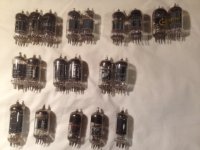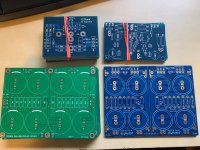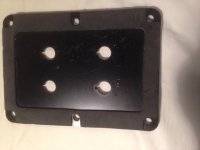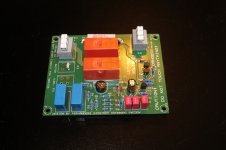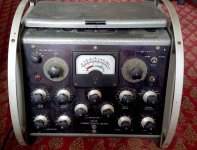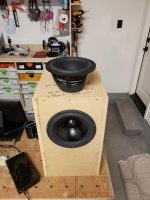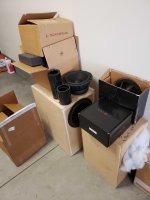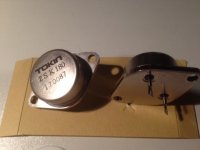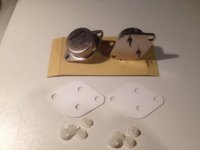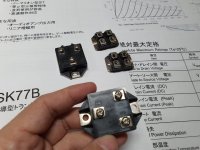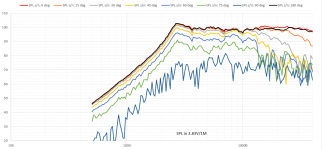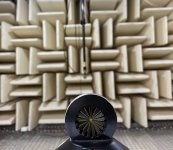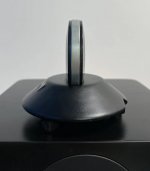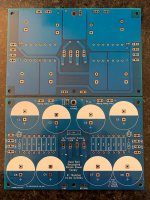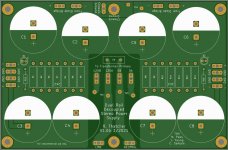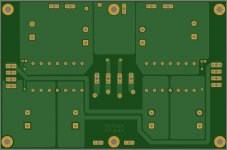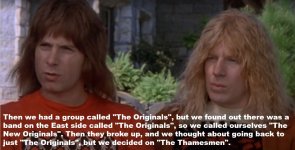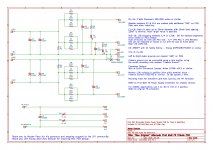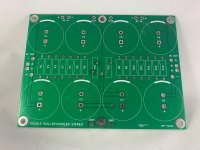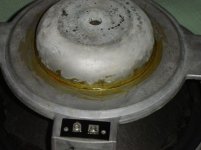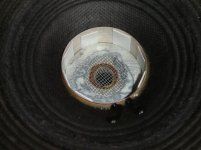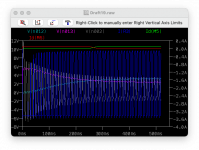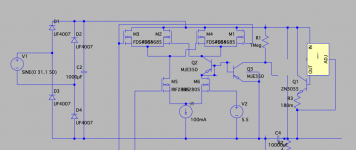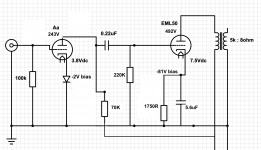Hi there! this is going to be my first speaker project
😛😛😛😛
Been reading this forum for two yers now, so thanks for all the info gathered here!!
I want to do a full range so I don`t have to worry about high order crossovers and concentrate myself on box design.
This are 6" acoustic suspension drivers with cloth surround and whizer, prob 30-40 years old, but they seem new and measure fine, Fs is about 73 Hz without brek-in vs the 67 Hz advertised at the time. The other parameters that came in a paper on the drivers box are:
-->Power: 20W rms -->Freq. Resp: 40-16000 Hz -->Fs: 67 Hz -->Voice coil diameter: 1" -->SPL: 97dB/1Watt/60cm --> "High compilance".
The suggested box has 14 l inner volume.
I measured the Thiele Small parameters with arta using added mass method and both measure pretty close, despite Vas and related parameters were even 30% different for different measurments of the same driver. I can do more measurments later but i believe this should suffice to get an idea of what may work here... This are the TS parameters for one of the drivers using stepped sine mode both times:
Fs = 74.24 Hz
Re = 6.00 ohm[dc]
Le = 128.49 uH
L2 = 440.12 uH
R2 = 13.79 ohm
Qt = 0.57
Qes = 0.64
Qms = 5.46
Mms = 3.42 grams
Rms = 0.291736 kg/s
Cms = 1.342902 mm/N
Vas = 28.40 liters (from sucesive mesurements seems to be more like 25 L )
Sd= 122.72 cm^2
Bl = 3.860937 Tm
ETA = 1.74 %
Lp(2.83V/1m) = 95.76 dB
Added Mass - Constant Bl Method: (not sure why this was ticked

)
Driver unbaffled
Added mass = 11.00 grams
Membrane Diameter = 12.50 cm
If I simulate this on Leonard TL app as a tappered line, its a wonder, or at least thats what it seems to me, planar from 60-7K, with little ripple, slowly fading , having arround -6dB at 20K. Driver displacement rise to a little bit more than 2mm below resonance and after that its like IB. But i believe this are low excursion drivers.
If i SIM it in the suggested sealed 14 lts cabinet of course Fs rise to about 140 Hz but driver displacement is only like 0.8 mm max.
and so the FAQ begins:
Does all this info gives us an idea of wich the value of Xmax may be?
Is there a way to know how much output will the driver produce in the TL before start distorting like a champ?
Is it "clever" to make the TL with a hipass electronic filter or eq to chuck frecuencies below resonance and so be able to get more bass output (above res)?
How can u get over with phase differences from driver to "terminus" in a TL?
Lastly: Is cone displacement less for an aperiodic design than for a TL?
Firstly, i was inclined to make a sealed box, since acoustic suspension drivers are a rare gem and that was its original purpose. Well, that would be the case if VAS was bigger back then (maybe stiffness of drivers varies with age) so it was >3*14 lts. Not sure how you call a sealed box with Vol = Vas/2, maybe just sealed IDK
😀. BUT then, i just clicked on the wizard thing in Leonards app to get a tappered line and i liked what i saw BUT Xmax
😕 .
The idea here is to make the better box for the drivers and me the one who takes compromises. Althogh I believe my 26 years old ears will find the sealed ones lacking in the low end (because of industry ported inclination over the past decades) and i find 140Hz just a littlle high for crossing a sub later, maybe i should give a chance to the "transient heaven" of a sealed enclousure and by the way get more output. Essentially, i dont know about the viability of the TL, if it will produce enough output in a 3.5x4x3 mts room (wich is an approx standard room volume here)or so. Thats enough as im starting to rant... SO,
Where do u see this driver working?
Below you will see a driver pic, a TL (1.15 mts) and a Sealed (14 lts) SPL graph.
Feel free to post and not answering a single question xD.
Cheers!
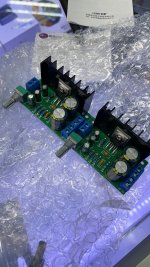
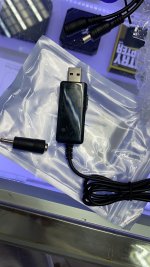
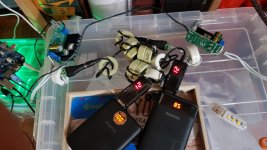
 )
)